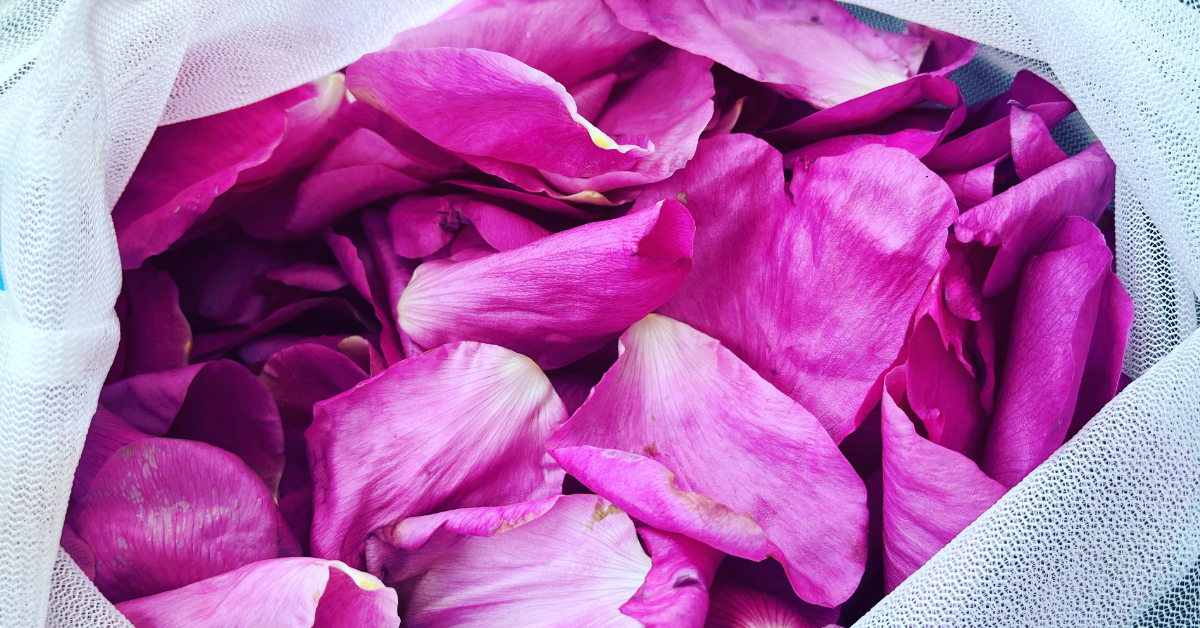Homemade Rosewater: A Simple Guide to Creation and Use

Learn how to easily create your own rosewater at home. This fragrant and versatile liquid is perfect for preserving the beautiful scent of roses, especially abundant during spring and early summer. Rosewater, whether made through infusion or steam distillation (as a hydrosol byproduct of essential oil production), has a rich history dating back to ancient Persia, used for medicinal, nutritional, and cosmetic purposes.
What is Rosewater and its Uses? Rosewater is a gentle skin soother, effective in reducing redness and acne due to its anti-inflammatory and antibacterial properties. Its antioxidant content protects against cell damage. This simple recipe makes a lovely herbal water ideal for soothing skin.
How to Make Rosewater (Infusion Method):
- Gather rose petals (any variety works; beach roses are suggested).
- Loosely pack the petals into a mason jar.
- Fill the jar with boiling water and cover.
- Let it sit at room temperature for 24 hours.
- Strain the petals, leaving pure rosewater.
- For extended shelf life, add 0.5% vitamin E or 2 tablespoons of witch hazel extract per cup.
- Transfer to a glass spray bottle using a funnel.
Homemade vs. Commercial Rosewater: While commercially produced rosewater undergoes steam distillation (a clearer, less intensely rose-scented product), this homemade infusion method offers a strong, beautiful rose aroma. Both retain the beneficial properties.
Using Homemade Rosewater for Skincare:
- Use as a facial toner.
- Soothe minor skin irritations.
- Incorporate into other herbal preparations (e.g., magnesium oil).
- Use as a perfume.
- Spritz on your pillow for a calming scent.
- Add to homemade lotions and other skincare products.
This simple recipe allows you to harness the beauty and benefits of roses for your skin and well-being. Enjoy!